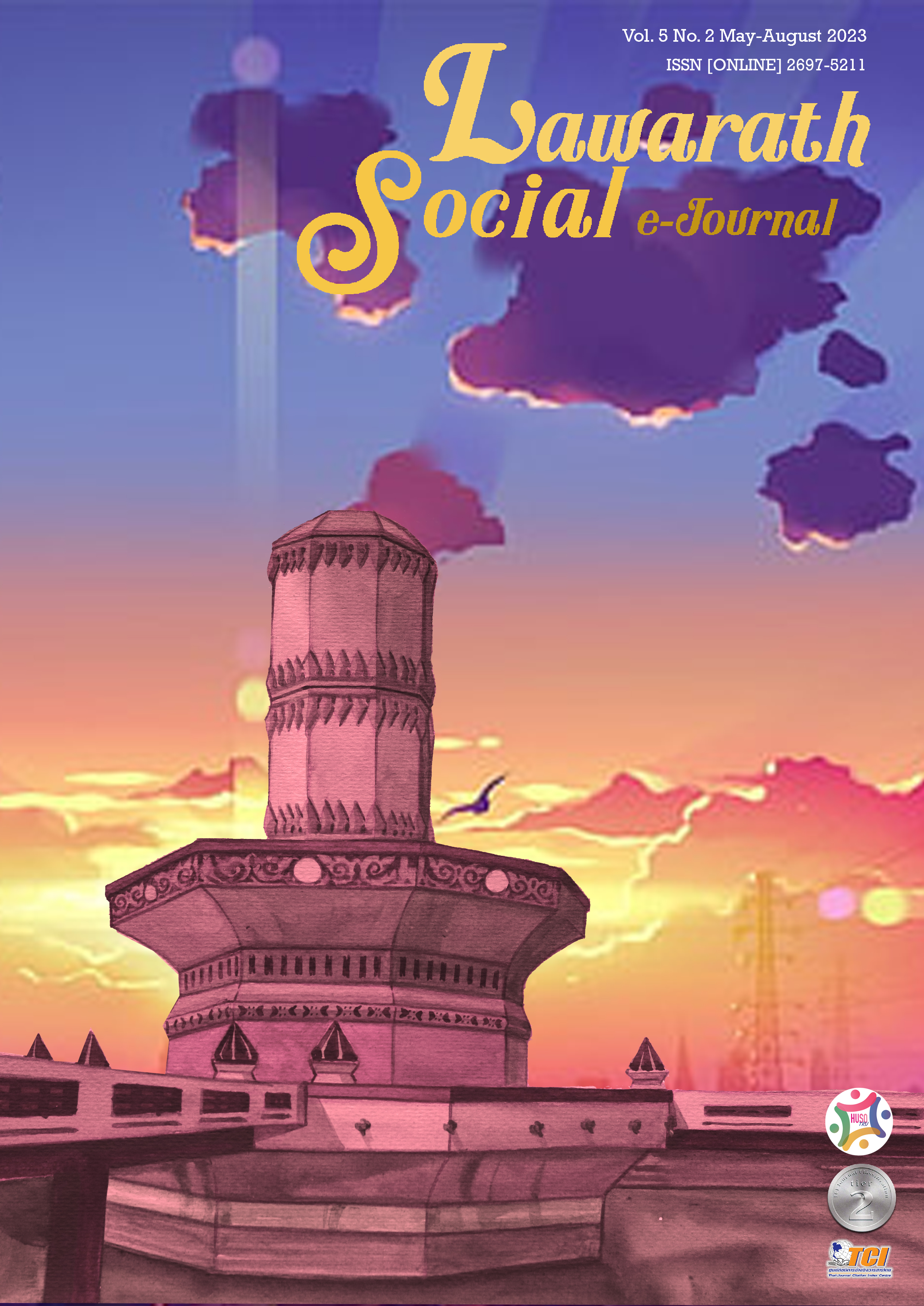The Musical Relationship Between Bartók’s Compositional Language and Twentieth-Century Music of Thai Classical Composers in Piano Music
Keywords:
Béla Bartók, Thai Composers, Piano Music, Compositional Techniques, Musical InfluencesAbstract
This study aims to disclose the relationship between the musical ideas of Bartók’s piano compositions and the twentieth-century music of Thai contemporary classical composers that are Wiboon Trakulhun (1966), Narong Prangcharoen (1973), and Denny Euprasert (1969). This research principally adopted two methods which were stylistic analysis and theoretical analysis in order to shed some light on Bartók’s and Thai composers’ compositional craft in piano music. As a result, there were differences and similarities between Bartók’s, Trakulhun’s, Prangcharoen’s, and Euprasert’s composition concepts and approaches to creating composition strategies in piano works. Although some of the Thai composers’ fancy piano compositions went beyond Bartók’s new tonal experimentation, we can see some influences of Bartók’s composition styles, specifically in the ideal of radical folkloristic music, primitivism, and national style based on a modernist idiom that can also lead to the new musical aspects in the classical piano music of the 20th century. The examples of the differences in Thai composer’s piano compositions were: having no time signature, atonal music, integral serialism, twelve-tone system, and use of limited notes in a pitch-class set like minimalism in music along with different cultures and societies which are closely associated with music composition. Moreover, some of their piano oeuvres express enthusiasm for supporting musical education, based on several contemporary musical styles similar to Bartók’s Mikrokosmos.
Downloads
References
Antokoletz, E. (2000). Organic Expansion and Classical Structure in Bartók’s Sonata for Two Pianos and Percussion. In E. Antokoletz, V., Fischer, &B., Suchoff (Eds.), Bartók perspectives: Man, composer, and ethnomusicologist (pp. 77-94). New York: Oxford University Press.
Antokoletz, E., &Susanni, P. (2011). Béla Bartók: A Research and Information Guide (3rd ed.). London: Taylor & Francis.
Austin, W. W. (1966). Music in the 20th Century. New York: W.W. North & Company.
Burkholder, G., &Palisca, C. (2014). A History of Western Music (9th ed.). New York: W.W. North & Company.
Burrows, J. (2005). Classical Music. London: Dorling Kindersley Limited.
Gillies, M. (2007). Bartók Connections: A Guide for Performers and Programmers. London: Boosey & Hawkes.
Prangcharoen, N. (2003). Preface. In Three Minds (pp. 1-24). Kansas City: Self Published.
Stevens, H. (2002). The Life and Music of Béla Bartók (3rd ed.). New York: Oxford University Press.
Trakulhun, W. (2016). Ether–Cosmos: Twenty Pieces for Piano. Bangkok: Thana Press Publisher.
Yeomans, D. (1988). Bartók for Piano. Bloomington, IN: Indiana University Press.
Downloads
Published
How to Cite
Issue
Section
License

This work is licensed under a Creative Commons Attribution-NonCommercial-NoDerivatives 4.0 International License.



